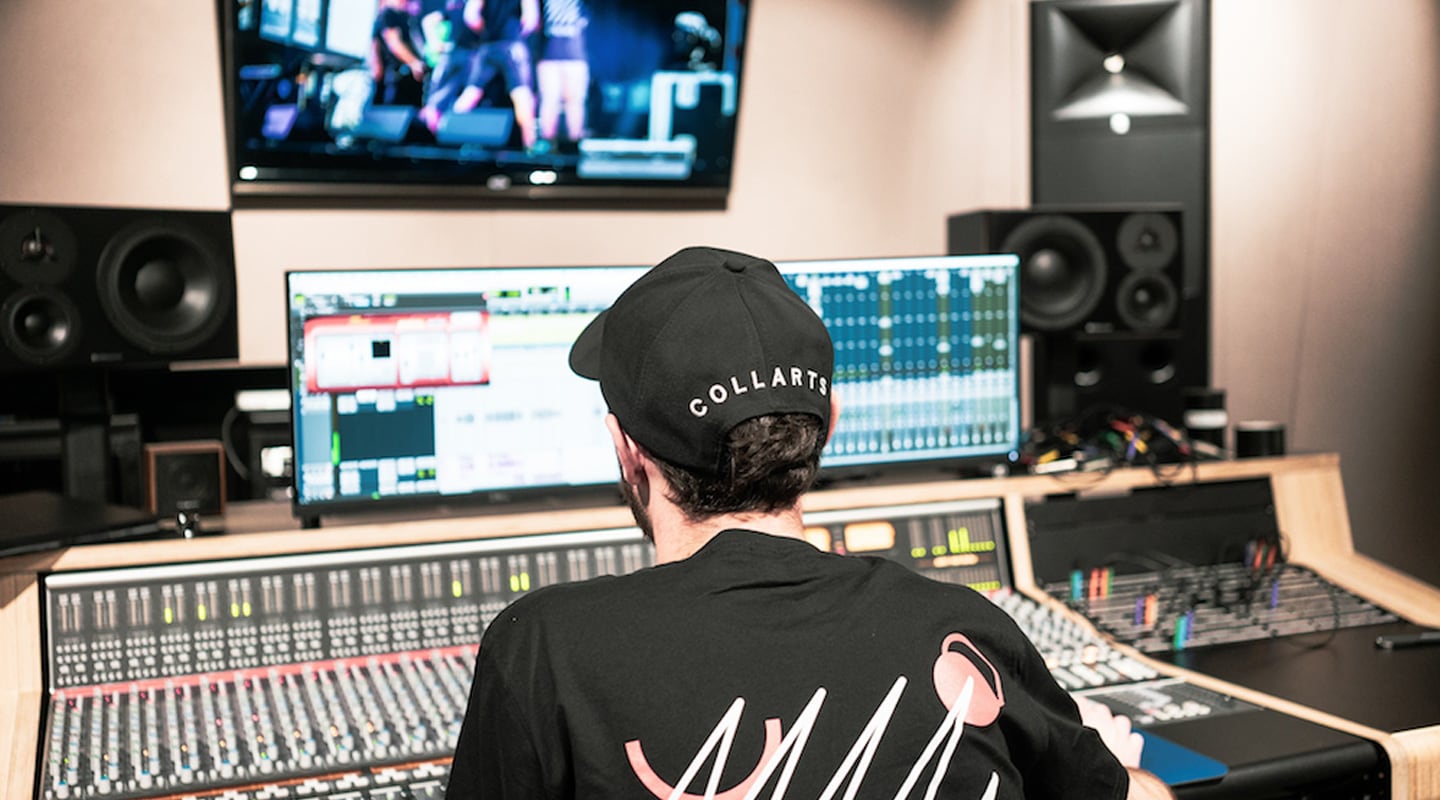
Collarts Spends $6M on New Campus
In the last eight years, Collarts has quickly spread its wings. The private education institute branched out from primarily providing music and audio-related courses into journalism and content creation, as well as fashion and interior design, through affiliations with Macleay College and a merger with the Mercer School of Interior Design.
It means you can study with Collarts at a number of campuses around Melbourne. However, the jewel in the crown is undoubtedly the new campus on Wellington Street in Collingwood. Collarts officially launched the campus last night, despite being operational since mid-September.
The building was previously home to a disability services provider, but after gutting it and injecting $6m into the build and fit out, the new campus feels custom made for music and audio education. The Dean, Ben O’Hara, was the last person to leave the old South Melbourne campus. Taking one last look around before handing in the keys, he was struck by two things: “One, it smelled really bad, and secondly, if we’d been looking for a new premises and were walking through there, there’s no way we would have fit in or felt it was fit for purpose. It’s amazing we achieved what we did there, but great we’re here.”
Eight years ago, Collarts started with a couple of courses and a handful of students, next year there’ll be 11 courses and hundreds of students.
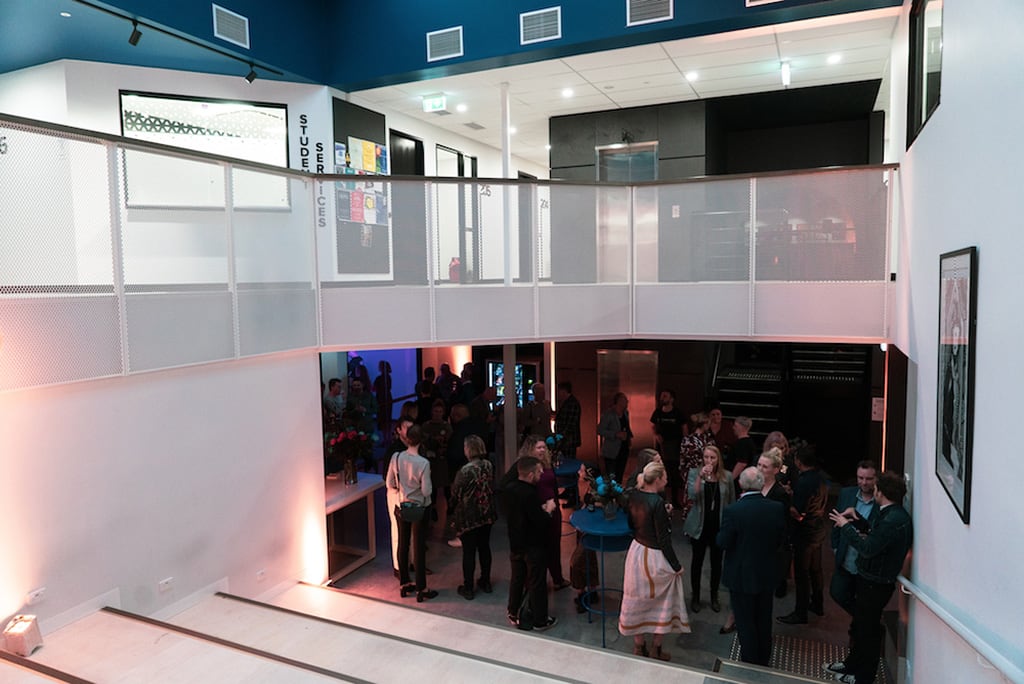
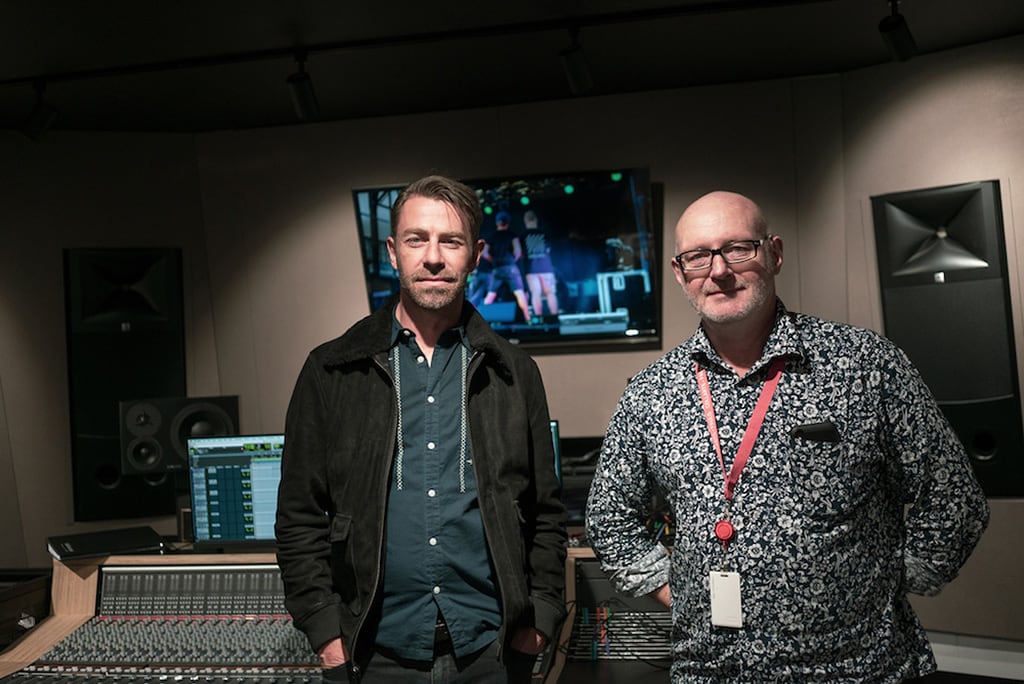
FIT FOR PURPOSE
The new campus caters directly for the school’s two major cohorts; music performance and audio engineering. The whole building is focused on making music. There’s a mid-sized, tiered auditorium with a flown Nexo PA. For the live sound component, students start out on a small-format Soundcraft in a smaller performance space, before migrating to the massive analogue Soundcraft desk in the auditorium, then onto the Digico SD11 at front of house, and Behringer X32 at monitors. There’s also a collection of Sennheiser wireless and enough mics and monitors to put on a big band showcase.

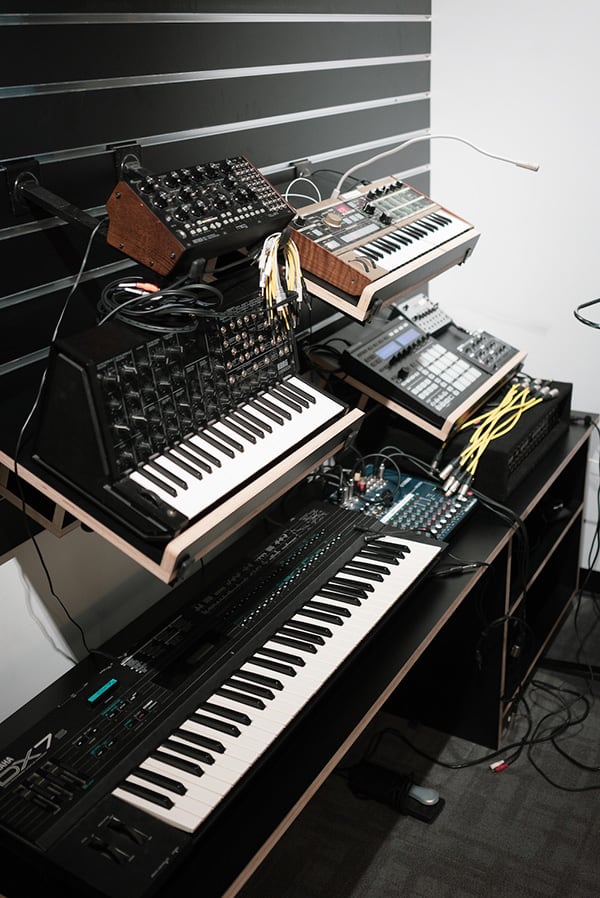
Associate Dean, Paul Doornbusch, and Head of Audio, Jason ‘JT’ Torrens, toured AT around the new facilities, starting with the new Studio 1. The entire acoustic build and fit out was designed by Marshall Day, but the acoustic treatment still hadn’t arrived from the supplier. It’s an impressive space nonetheless. At its core is an SSL AWS948 console. It’s a great console for learning on, not only because you can get your hands on a classic SSL signal path, but it also flips over to a large-format DAW controller. There are Avid interfaces out the wazoo, and tie lines to every possible recording room in the campus. A pre-installed network will also eventually route audio anywhere over Dante.
There’s a smattering of speaker brands throughout the different studios; a legacy of buying over time. However, all the recent investment has been in JBL studio monitors. There’s a Dolby Atmos setup almost ready to go, that’s completely covered by 7 series and JBL Control speakers, some 3 Series eight-inch monitors in the production room, and two pairs of JBL’s whopping big M2 mastering speakers; a pair as the mains in the Studio 1, and another set in the mastering/critical listening space. Even without the treatment fully installed, the rooms are sounding and looking great.
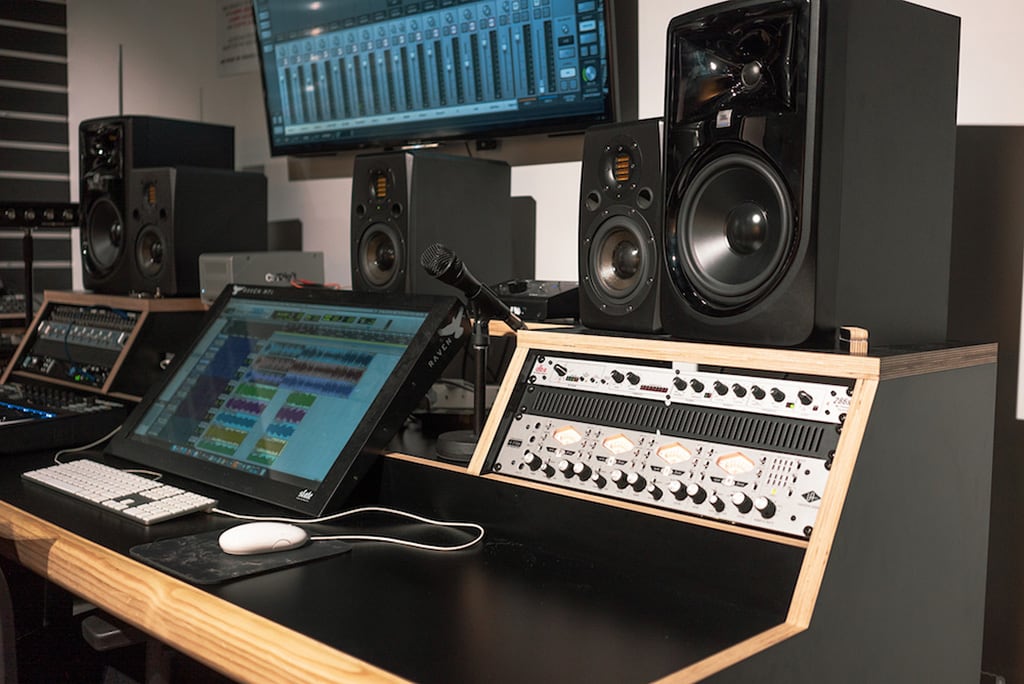
There’s a healthy collection of outboard for students to get their hands on; including pieces like a Chandler REDD.47 preamp — a student had stuck a label on it that said, ‘Could you be any more of a preamp!’ — ELI Distressors, Avalon 737, and a UA 4710-D. There’s also a gorgeous mic collection that has all the usual dynamic and condenser suspects, as well as some top end Neumann tube mics, multiple AKG C12s, and Coles 4038 ribbons.
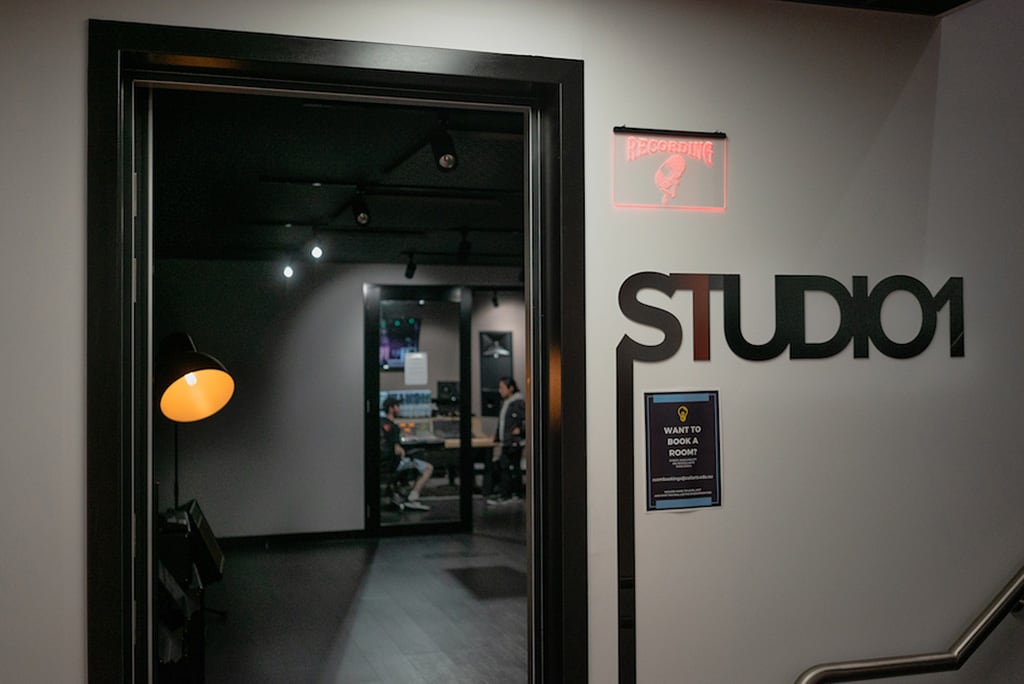
As well as the Atmos system, strapped to an Icon console, there are also smaller 5.1 surround setups for the post production component setup in the smaller studios. The writing room also has a smattering of fun outboard like a Moog Mother-32 modular synth, Yamaha DX-7 and Korg MS-20 Mini as well as Native Instruments Maschine, and a Theremin, and each of the smaller studios runs Pro Tools and UAD Apollo interfaces with a complement of UAD plug-ins. In the iMac computer lab, all the students are exposed to Avid Pro Tools and Ableton Live and have access to plug-ins collections from Waves, McDSP, Slate and more.
All of the teachers in the audio engineering course are practising professionals, many of them juggling an active career with their teaching responsibilities. It means the courses are constantly vetted against industry practise. So while this certainly steps Collarts’ offering up, don’t expect it to stay this way for too long. Doornbusch can’t see why Collarts can’t be the best audio engineering course in the world, starting with these new fully-equipped studios.


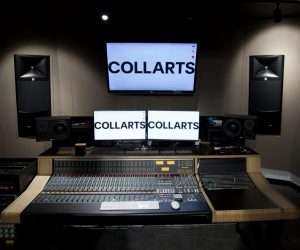
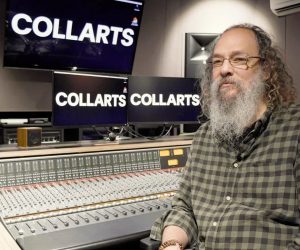

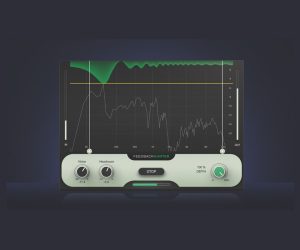
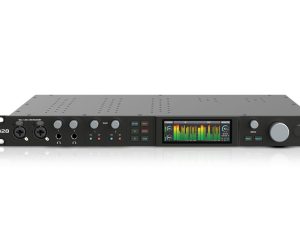

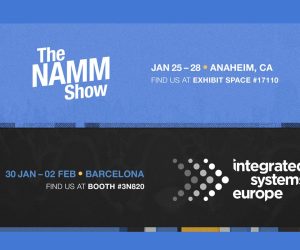
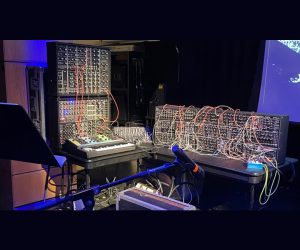

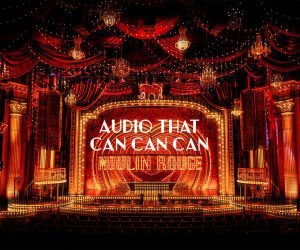

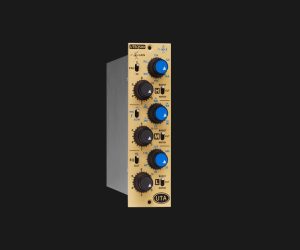
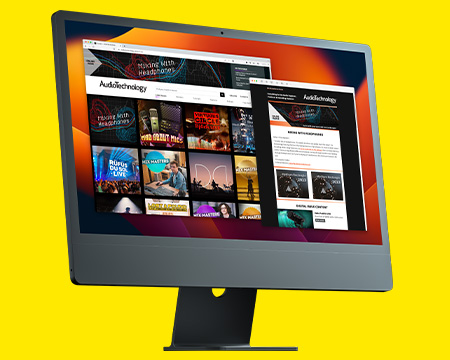
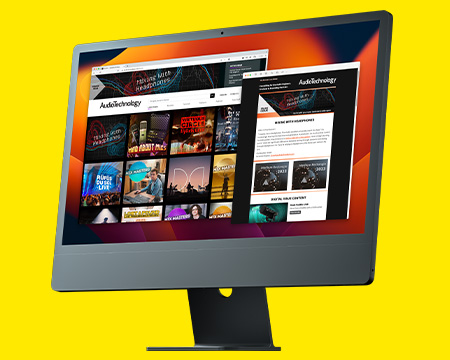
RESPONSES